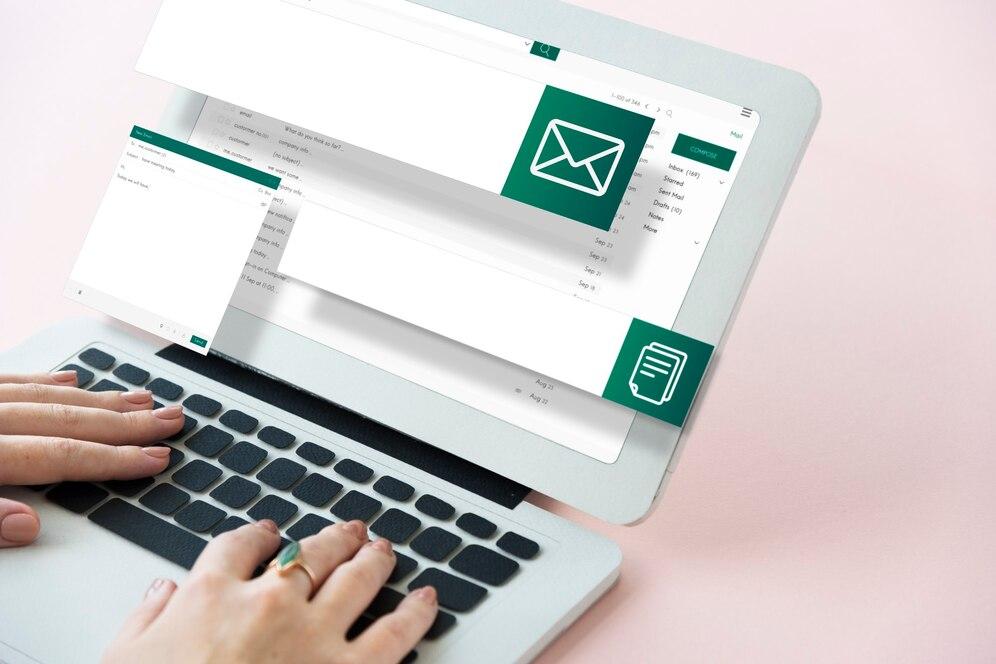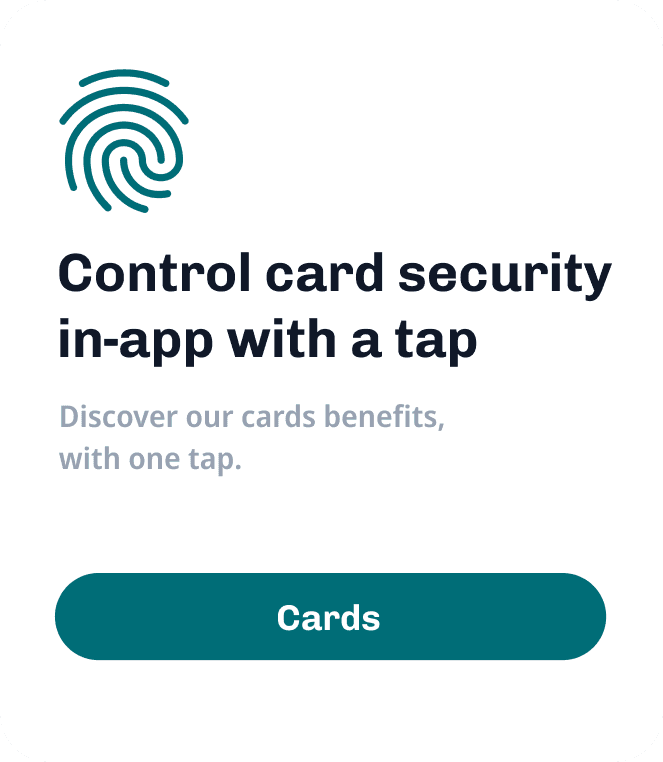Posted At: Aug 07, 2024 - 273 Views

Introduction
Navigating the complex world of email marketing can be challenging, especially when it comes to ensuring your messages reach your recipients’ inboxes. High inbox success rates are essential for effective email campaigns, but achieving this requires careful planning and adherence to best practices. Sending emails that are flagged as spam can diminish your campaign’s effectiveness and harm your sender reputation. This post will guide you through proven strategies to improve your inbox placement and avoid the spam folder, helping you get the most out of your email marketing efforts.
1. Maintain a Clean and Engaged Email List
A clean email list is crucial for high inbox success rates. Sending emails to outdated or invalid addresses can lead to higher bounce rates and negatively impact your sender reputation. Additionally, a list of engaged subscribers indicates to email providers that your emails are valued and desired.
Tip: Regularly clean your email list by removing inactive or unengaged subscribers. Use email verification tools to ensure the accuracy of your contacts. Implement a re-engagement campaign to win back inactive subscribers or remove them from your list if they remain unresponsive.
2. Use a Recognizable and Consistent Sender Name
Consistency in your sender name and email address helps build recognition and trust with your recipients. A recognizable sender name and email address increase the likelihood that your emails will be opened and engaged with.
Tip: Use a professional and recognizable sender name that aligns with your brand. Avoid frequently changing your sender name or email address, as this can raise red flags for email providers and recipients alike.
3. Optimize Email Content for Deliverability
The content of your emails plays a significant role in how they are perceived by spam filters and recipients. Email providers use various algorithms to evaluate content for spammy characteristics. Crafting well-structured, relevant, and engaging content can help ensure your emails pass these filters.
Tip: Avoid using spammy language, excessive use of capital letters, or multiple exclamation points in your subject lines and email body. Focus on providing valuable, relevant content to your audience, and use a clean, professional design. Include a clear call-to-action and avoid misleading information.
4. Implement Authentication Protocols
Email authentication protocols help verify your identity as a sender and protect against spoofing and phishing. Implementing these protocols can improve your email deliverability and reduce the likelihood of your emails being marked as spam.
Tip: Set up and configure authentication protocols such as SPF (Sender Policy Framework), DKIM (DomainKeys Identified Mail), and DMARC (Domain-based Message Authentication, Reporting & Conformance). These protocols help validate your email’s authenticity and enhance your sender reputation.
5. Monitor and Maintain Your Sender Reputation
Your sender reputation is a key factor in determining whether your emails land in the inbox or the spam folder. A positive sender reputation indicates that your emails are trustworthy and well-received, while a poor reputation can lead to deliverability issues.
Tip: Use email deliverability tools to monitor your sender reputation and track key metrics such as bounce rates, open rates, and spam complaints. Address any issues promptly and make adjustments to your email practices as needed to maintain a positive reputation.
6. Avoid Over-Sending and Ensure Proper Frequency
Sending too many emails in a short period can lead to recipient fatigue and increase the likelihood of your emails being marked as spam. Maintaining an appropriate sending frequency is important for keeping your audience engaged and avoiding spam complaints.
Tip: Develop an email schedule that balances your communication needs with your audience’s preferences. Avoid overwhelming your subscribers with frequent emails, and ensure that your content is relevant and valuable to maintain their interest.
7. Include a Clear and Easy-to-Find Unsubscribe Option
Providing an easy way for recipients to unsubscribe from your emails is not only a legal requirement but also helps maintain a positive relationship with your audience. When recipients have the option to unsubscribe, they are less likely to mark your emails as spam.
Tip: Include a clearly visible unsubscribe link in every email you send. Ensure that the process for unsubscribing is simple and straightforward, and honor unsubscribe requests promptly.
8. Test Your Emails Before Sending
Testing your emails before sending them to your entire list can help identify potential issues that could affect deliverability. By previewing and testing your emails, you can catch errors and make necessary adjustments to improve your chances of landing in the inbox.
Tip: Use email testing tools to check how your emails render across different devices and email clients. Test subject lines, content, and formatting to ensure everything appears as intended. Conduct spam tests to identify any elements that may trigger spam filters.
Conclusion
Achieving a high inbox success rate is essential for the effectiveness of your email marketing campaigns. By following these best practices—maintaining a clean email list, optimizing content, implementing authentication protocols, and respecting recipient preferences—you can improve your email deliverability and avoid being flagged as spam. A strategic approach to email marketing not only enhances your reach but also fosters positive relationships with your audience.
Ready to improve your email deliverability? Anaton’s platform offers advanced tools and insights to help you optimize your email campaigns and achieve a high inbox success rate. Start applying these strategies today and see the difference in your email marketing results.




